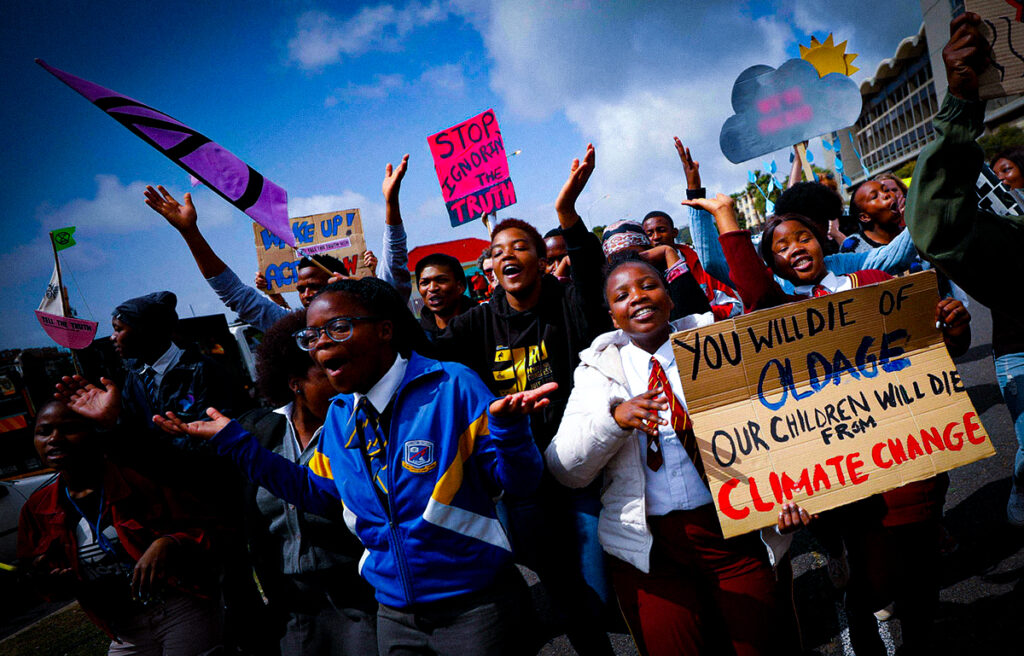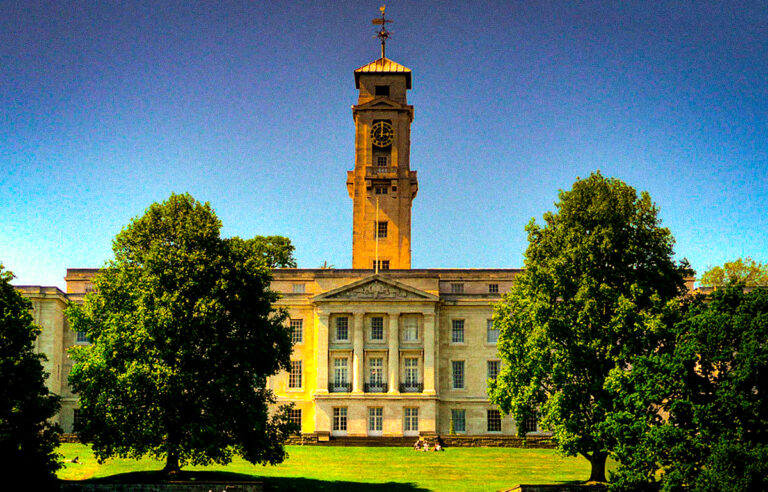Introduction
In the face of mounting climate change challenges, the world’s focus is often on technological solutions, renewable energy, and global policies. However, there’s another critical aspect of the environmental crisis that cannot be overlooked: climate justice. This term refers to the concept that the impact of climate change is not felt equally, and that vulnerable communities are often the hardest hit, despite contributing the least to the problem.
The environmental fight must not only focus on protecting the planet but also on ensuring equity in how we address its impacts. In this article, we’ll explore why climate justice is essential, how it relates to social equity, and what steps can be taken to ensure that the most affected populations aren’t left behind in the global struggle against climate change.
1. Understanding Climate Justice
What Is Climate Justice?
Climate justice is a movement that emphasizes the moral and ethical dimensions of climate change, advocating for policies that reduce inequalities and address the root causes of environmental injustice. It acknowledges that:
-
Developing countries and marginalized communities contribute the least to global carbon emissions but suffer disproportionately from climate-related disasters like droughts, floods, and extreme weather events.
-
These communities also have fewer resources to adapt to climate change, including access to clean water, healthcare, and infrastructure.
At its core, climate justice seeks fairness in both the burdens and the benefits of addressing the environmental crisis.
2. The Unequal Impact of Climate Change
Disproportionate Effects on Vulnerable Populations
Climate change does not affect everyone equally. The following groups are particularly at risk:
-
Low-income communities: These populations often live in areas more susceptible to climate-related disasters and have fewer resources to prepare or recover.
-
Indigenous peoples: Many indigenous communities rely on land-based practices, and climate change threatens their traditional ways of life and territories.
-
People of color: Historical inequalities and systemic racism have led to unequal access to resources, healthcare, and housing, making these communities more vulnerable to environmental risks.
-
Small island nations: Countries such as the Maldives or Kiribati face the existential threat of rising sea levels, despite contributing very little to global carbon emissions.
The intersections between race, class, and geography play a major role in shaping who suffers most from climate-related disasters.
3. The Role of Historical and Structural Inequities
How Systemic Injustice Amplifies Environmental Harm
Climate justice highlights the importance of addressing the underlying systemic inequalities that perpetuate environmental damage. For instance:
-
Colonialism: Historically, colonial powers extracted resources from poorer regions, often without regard for the environmental consequences. The impacts of this legacy continue to affect those communities today.
-
Economic systems: Capitalism has often prioritized profits over environmental well-being, leading to exploitation of natural resources in developing countries, with little regard for long-term sustainability.
To create a fair solution to climate change, these systemic injustices must be addressed in tandem with the environmental crisis itself.
4. The Link Between Social and Environmental Justice
Why Social Equity and Climate Action Must Go Hand-in-Hand
Climate justice is not only about environmental sustainability; it is also about ensuring social justice. Here’s why:
-
Economic opportunities: Communities that have been hit hardest by climate change need economic support to build resilience. This could mean green job programs, sustainable agricultural practices, and investments in clean energy infrastructure.
-
Health impacts: Climate change exacerbates health inequalities, with poorer communities facing higher rates of heat stress, respiratory diseases, and waterborne illnesses.
-
Cultural preservation: Many indigenous groups have a deep connection to the land, and climate change threatens their cultural heritage, identity, and traditions.
Achieving climate justice requires integrating social equity into environmental policies, ensuring that climate action benefits everyone, especially those historically marginalized.
5. Climate Justice in Action: What’s Being Done?
Global Efforts to Address Environmental Inequities
Several international and grassroots movements are pushing for climate justice, including:
-
The Paris Agreement: While not explicitly focused on equity, the Paris Agreement recognizes that developing nations need support in adapting to climate change, with wealthy countries being urged to provide climate finance.
-
Climate Justice Movements: Activists and organizations like 350.org, Greenpeace, and The Sunrise Movement are advocating for policies that recognize the disproportionate impact of climate change on marginalized communities.
-
Indigenous Rights: Many indigenous groups have been at the forefront of the climate justice movement, advocating for land rights, preservation of biodiversity, and inclusion in decision-making processes.
The Green New Deal in the U.S. is another example of an effort to combine environmental action with social equity by promoting job creation, healthcare, and environmental sustainability in marginalized communities.
6. Steps Toward a Just and Equitable Climate Future
What Needs to Happen Now?
To achieve true climate justice, several crucial steps must be taken:
-
Global collaboration: Wealthy nations must provide financial support and technology transfer to help developing countries mitigate and adapt to climate change.
-
Policy reform: Governments need to enact policies that address displacement, inequality, and poverty in the context of climate change.
-
Community-based solutions: Empowering local communities to develop and implement their own climate solutions, particularly in vulnerable regions.
-
Inclusive decision-making: Ensuring that marginalized groups, including women, people of color, and indigenous communities, have a seat at the table in climate negotiations and policy formation.
By making climate justice central to global climate action, we can ensure that no one is left behind.
7. The Future of Climate Justice: A Global Responsibility
Moving Toward an Equitable and Sustainable World
As the effects of climate change intensify, the urgency to address climate justice will only grow. In the coming years, we must ensure that climate policies reflect not only environmental goals but also social, racial, and economic equity. By embracing climate justice, we can build a world where both the planet and its people thrive—where everyone has the opportunity to be part of the solution.
Conclusion
The fight against climate change is more than an environmental issue; it’s a matter of human rights, social justice, and global solidarity. As we move forward, climate justice must be central to our approach—ensuring that the voices of those most affected by climate change are heard and that they receive the support needed to thrive in a rapidly changing world.







